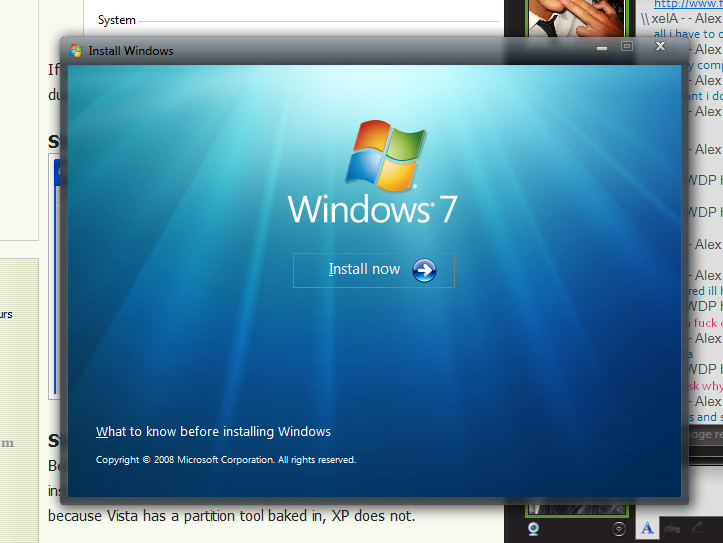 SECURITY
SECURITY
 SECURITY
SECURITY
 SECURITY
SECURITY
The end of Windows 7 support is nigh as Microsoft Corp. will drop support for the operating system Tuesday for consumers.
Business customers can pay for ongoing support, chiefly for security updates, but the decision to pull it for consumers was a long time coming. Windows 7 was launched in 2009 and was later replaced by Windows 8 in 2012, followed by Windows 10 in 2015.
The long support life for the now decade-old operating system was in large part thanks to its ongoing popularity with enterprise users. Windows 10 passed Windows 7 market share only on Jan. 2 of last year.
Windows 7 users were given ample warning. Microsoft announced it would drop support for the OS a year in advance on Jan. 14, 2019. The announcement noted that paid support through Windows 7 Extended Security Updates would be available for enterprise users past the scheduled date, although Microsoft has since extended that paid support to small businesses as well.
According to figures from Statcounter, Windows 7 holds a 26.8% market share of Windows installs as of the end of December versus 65.4% for Windows 10.
Consumers, as well as businesses that don’t want to pay for extended support, are encouraged to upgrade if they’re still using Windows 7. That’s the advice Jack Mannino, chief executive officer at application security provider nVisium LLC, gave SiliconANGLE.
“If you are using a product or software built on a Windows 7 stack that you cannot immediately deprecate or air gap to some capacity, you need to isolate these systems as much as technically possible,” Mannino explained. “This includes ingress controls at the host level and ingress and egress controls at networking boundaries. These include kiosks as well as devices used within medical or manufacturing areas. In many scenarios, these systems are difficult to protect against attacks requiring physical access because by nature they are deployed to physically accessible areas.”
Those who don’t upgrade face serious security risks, said Mehul Revankar, director of product management at information technology automation software firm SaltStack Inc.
“Since there are no patches available, going forward, Windows 7 systems will become ripe targets for attackers to exploit,” he said. “A quick search on internet search engine shodan.io reveals that there are roughly a million Windows 7 systems connected to the internet. When the next major Windows 7 vulnerability strikes, these would be the systems attackers would go after first, own them very quickly and cause business disruption.”
Chris Morales, head of security analytics at threat detection firm Vectra AI Inc., said consumers already should have upgraded.
“For most people, an upgrade should be as simple as a license key,” Morales said. “The hardware requirements are fairly low compared with modern hardware. Almost any PC from the last 10 years should be able to support Windows 10.”
Support our mission to keep content open and free by engaging with theCUBE community. Join theCUBE’s Alumni Trust Network, where technology leaders connect, share intelligence and create opportunities.
Founded by tech visionaries John Furrier and Dave Vellante, SiliconANGLE Media has built a dynamic ecosystem of industry-leading digital media brands that reach 15+ million elite tech professionals. Our new proprietary theCUBE AI Video Cloud is breaking ground in audience interaction, leveraging theCUBEai.com neural network to help technology companies make data-driven decisions and stay at the forefront of industry conversations.